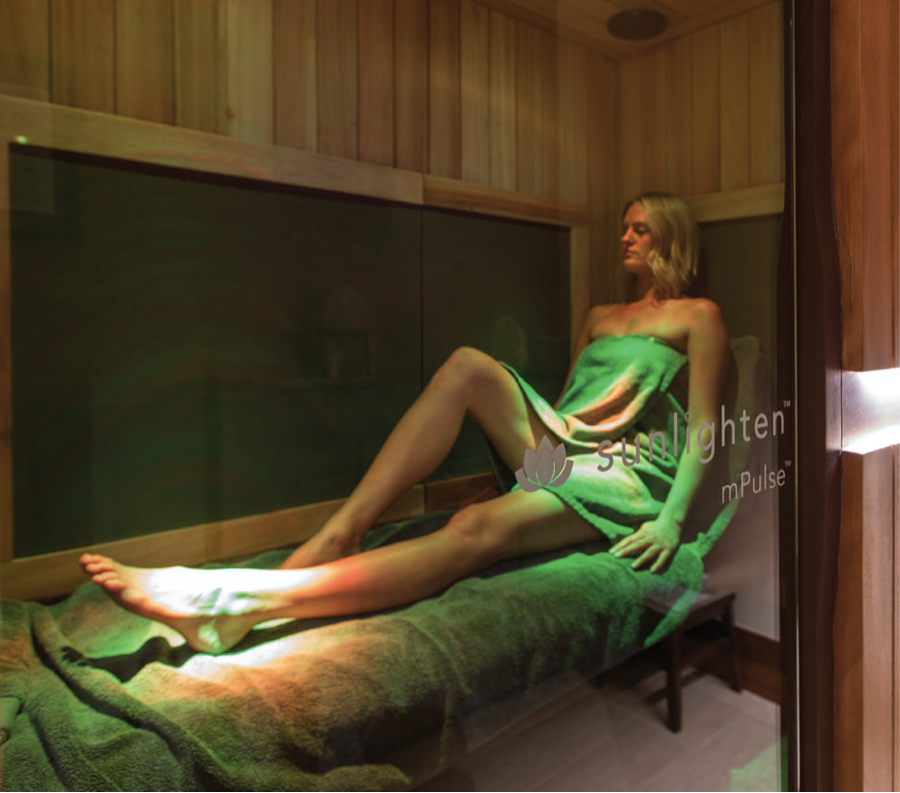I Went Naked And Tried Infrared Therapy


Sports-specific spas offer the option to deep-freeze your body, indulge in infrared treatments and float in a sensory-deprivation tank—all in the name of relieving tired muscles, reducing inflammation and soothing frazzled minds. The question is whether or not they work. There are more anecdotal stories than science when it comes to new modalities, leaving athletes wondering what is worth their time and money.
Infrared Therapy
Skin is exposed to near, mid and far (invisible) wavelengths of light. Treatments range from personal devices to be used at home to walk-in saunas. When exposed to infrared energy, the body responds by releasing nitric, which may increase blood flow.
POSSIBLE BENEFITS: An infrared sauna is believed to help the body sweat out toxins, improve circulation, relieve pain and promote healing, as the light is absorbed on a cellular level.
MY EXPERIENCE: I sat in a wooden sauna (again, no clothes) for 45 minutes as infrared and colored chromotherapy lights did their thing. For the first 25 minutes or so, I didn’t really notice anything, but I was completely relaxed and used it as a perfect opportunity to meditate and stretch. I eventually began sweating and heating up, but it wasn’t too hot, like it can be in a regular dry sauna. Afterward I felt balanced and refreshed. Wiping down with a cool, damp cloth and eucalyptus oil helped too! It’s a dry sauna, so you could take your phone in with you, but I recommend making it a screen-free zone. Just take it easy and enjoy the time. As relaxing as it was, I probably won’t try this again as I’m not sure I noticed the benefits in my body.
DR. JORDAN METZL, NYC SPORTS-MEDICINE PHYSICIAN AND AUTHOR: “A recent study says that wrapped heat therapy is more effective than icing at reducing delayed-onset muscle soreness. But there isn’t a ton of scientific merit specifically to infrared treatments. It still can be a good way to relax and do some light stretching.”
COST: $45 for 45 minutes
TREATMENT TIPS: When looking for an infrared sauna, find one that uses the full spectrum of infrared light to reap the most benefits.